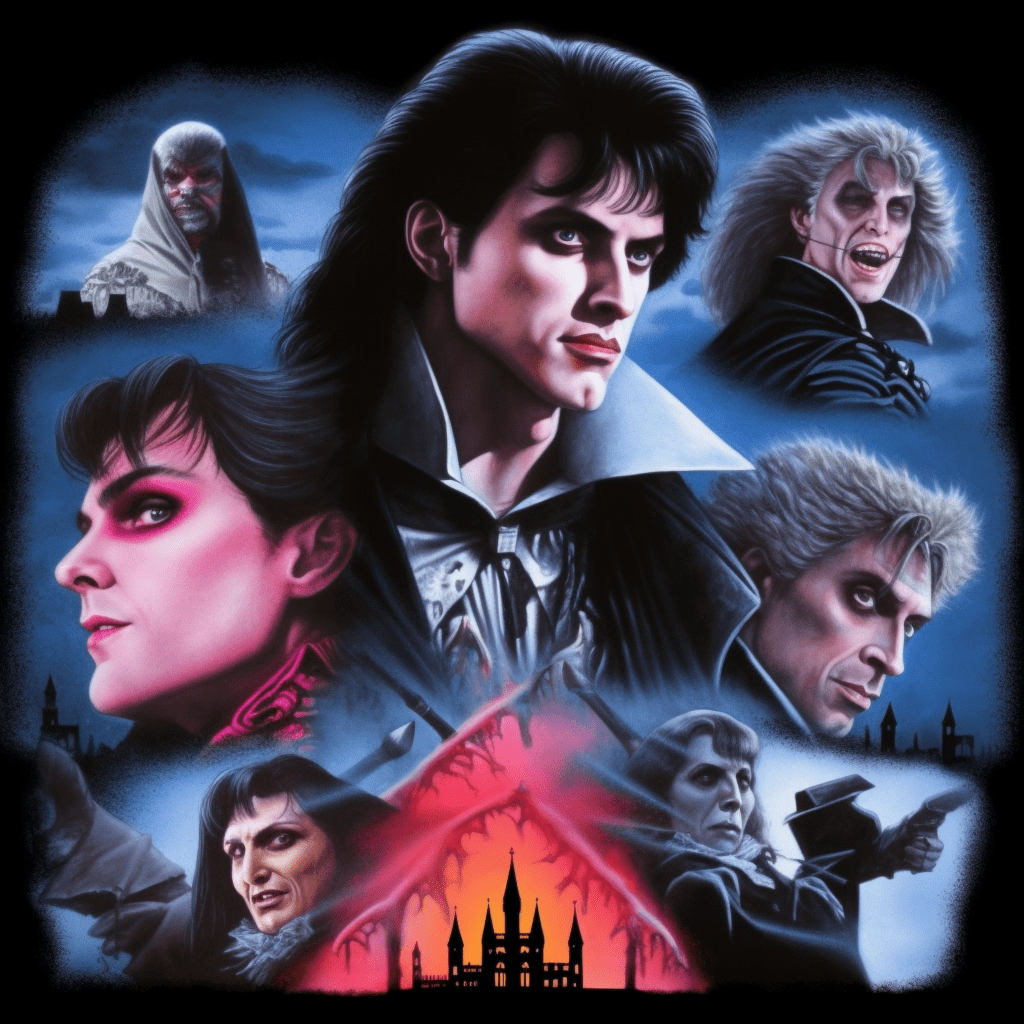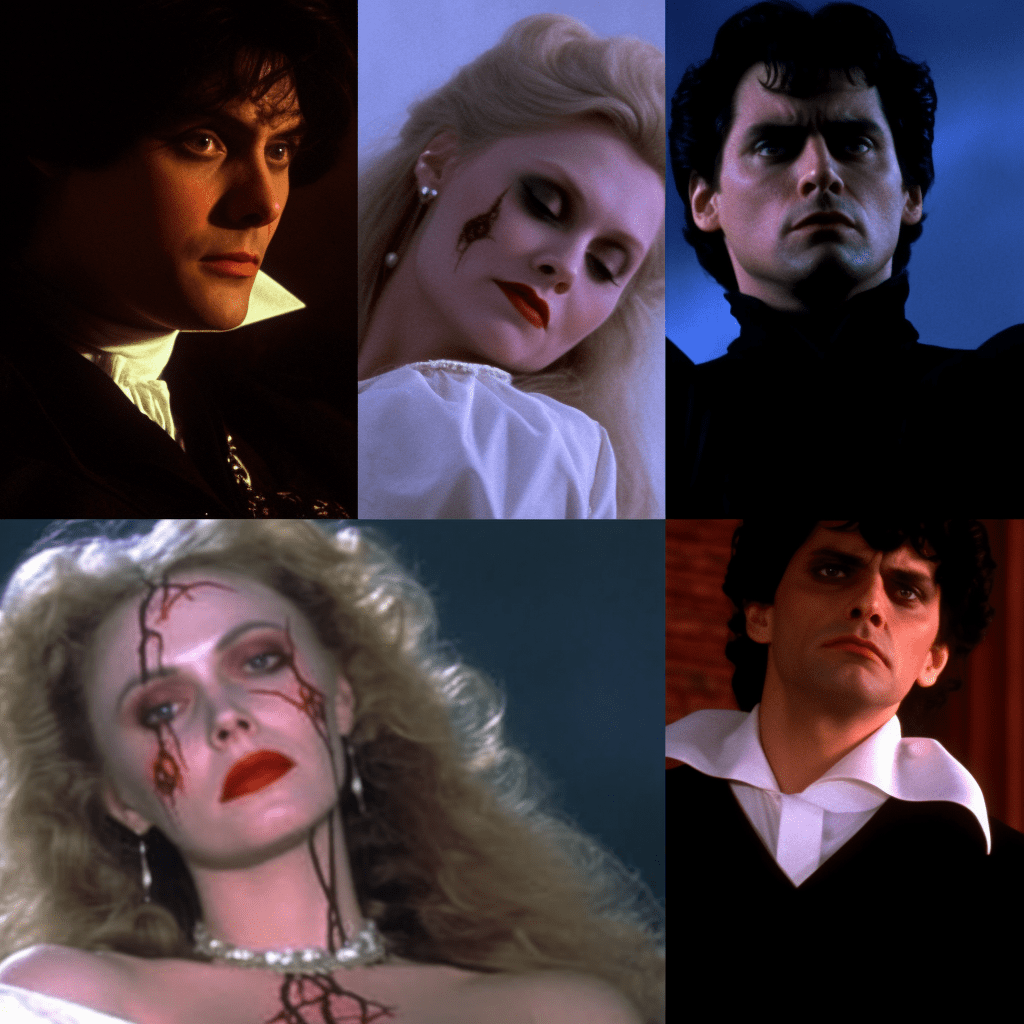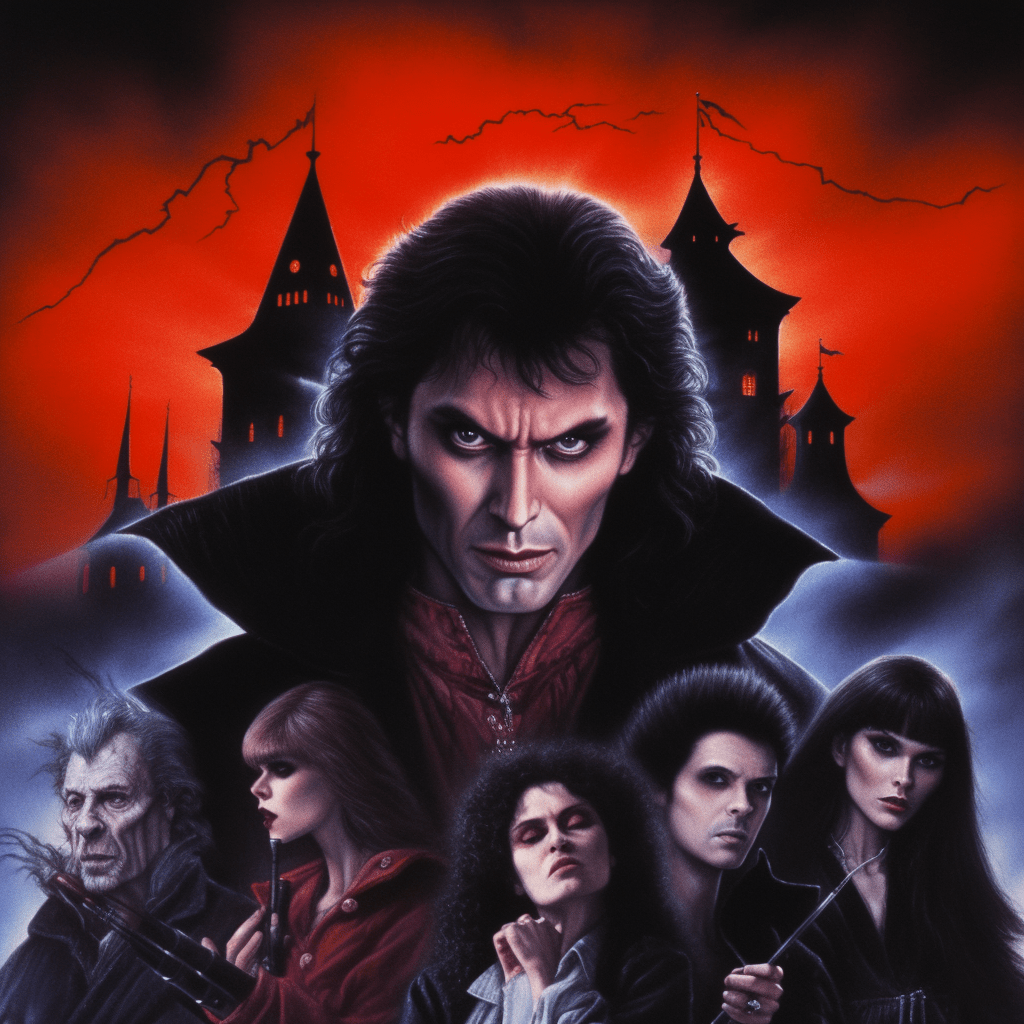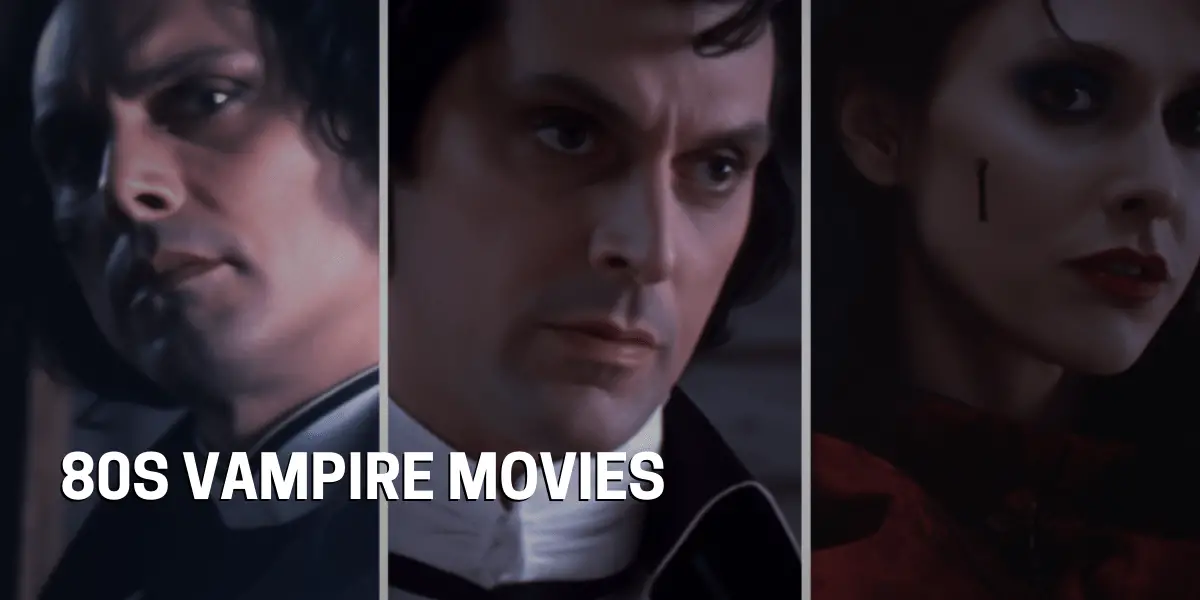80s Vampire Films: A Cultural Phenomenon
The 1980s saw a resurgence in vampire films, becoming one of the most popular genres of the decade. The emergence of these films was closely linked to the rise of horror films in general, and they reflected many of the fears and anxieties of the era. From early classics such as The Hunger and Fright Night to later entries like The Lost Boys and Near Dark, 80s vampire films captured the imagination and helped shape a generations view of horror.
The Rise Of Gothic Horror
The 1980s saw a revival in gothic horror, with filmmakers exploring traditional vampire themes. These films often explored themes such as mortality, power, fear and sexuality. Films like The Hunger focused on the seductive appeal of vampires while Fright Night highlighted their monstrous nature. Meanwhile, more light-hearted offerings such as Vamp included comedic elements while still maintaining a dark tone.
Vampires In Popular Culture
80s vampire films had a huge impact on popular culture. Numerous books and television shows were based on these movies, including Buffy The Vampire Slayer which premiered in 1997. Even today, vampires remain an iconic part of horror culture due to their lasting popularity in the 80s.
The Legacy Of 80s Vampire Films
The influence of 80s vampire films is still felt today. Many modern-day vampire stories owe their origins to these classic movies, while some even feature direct references or homages to them. From Twilight to True Blood, these stories continue to explore the same themes that made these movies so successful – fear, power and mortality.

The Most Popular 80s Vampire Films
The 80s was a great decade for vampire films, and the genre continues to impress viewers with its creative and often spooky storylines. From classic horror films such as The Lost Boys to cult classics like Fright Night, there are plenty of iconic vampire films that are still talked about today. Here are some of the most popular vampire films from the 1980s.
The Hunger (1983)
This stylish and edgy film stars David Bowie as a vampire who has lived for centuries. After he meets a young doctor (Susan Sarandon), they become entwined in an unusual relationship. It’s a unique take on the traditional vampire story and features some stunning visuals.

Near Dark (1987)
This cult classic follows a group of vampires who travel across America in search of their next victims. It’s a dark and violent movie that features some impressive performances from its cast, including Bill Paxton and Lance Henriksen.
Fright Night (1985)
This is one of the most iconic horror comedies of all time. It tells the story of Charley Brewster (William Ragsdale) who discovers that his new neighbor is actually a vampire. He enlists the help of Peter Vincent (Roddy McDowall) to help him destroy the creature before it’s too late.

The Lost Boys (1987)
One of the most beloved teen horror movies ever made, The Lost Boys tells the story of two brothers who move to a small town where they discover a secret group of vampires living among them. With an amazing soundtrack and some fun performances from Kiefer Sutherland and Jason Patric, this movie is sure to please fans of all ages.
The Symbolic Nature of 80s Vampire Films
The 1980s saw the emergence of a new genre of vampire films, with the release of iconic horror classics such as The Lost Boys and Near Dark. These films were not just about vampires, they explored themes such as coming-of-age, family dynamics, and even societal issues.
The use of vampires in these films to explore these deeper themes gives them a unique symbolic quality. For example, the vampires in The Lost Boys represent teenage rebellion and alienation from society. In Near Dark, the vampires are a metaphor for an unconventional family unit, living outside of mainstream society.
These films also challenged traditional vampire tropes. For example, in The Lost Boys the vampires do not have supernatural powers or need to drink blood to survive; instead they rely on their human traits such as charm and manipulation to get what they want.
The 80s also saw an influx of romantic vampire films such as The Hunger and Interview With A Vampire which explored more complex themes such as immortality and love. These films often featured strong female leads who refused to conform to traditional gender roles. This was a significant shift from previous decades when female characters were often portrayed as helpless victims in horror movies.
In conclusion, 80s vampire films have become iconic for their exploration of deeper themes and challenging traditional vampire tropes. They have become cult classics that are still relevant today due to their thoughtful symbolism and compelling narratives.
The Cultural Impact of 80s Vampire Films
The 1980s saw a major resurgence in vampire films, with titles like The Lost Boys, Near Dark and Fright Night paving the way for a new wave of horror films. These films had an undeniable impact on popular culture at the time, and their influence can still be felt today. While they may have been released over three decades ago, these films remain relevant in today’s world.
One of the most notable aspects of 80s vampire films was their exploration of teenage angst and rebellion. The protagonists were often misfits who didn’t fit in with society’s norms, giving viewers an opportunity to identify with them on a personal level. This allowed audiences to explore deeper issues such as family dynamics, unrequited love and mortality. The film The Lost Boys is a prime example of this; its themes of growing up and finding one’s place in the world are still relevant to this day.
These films also helped redefine the vampire genre by introducing elements such as campy humor and anti-heroes that were previously unseen in horror movies. This new approach to vampires gave viewers something fresh and exciting that had never been seen before. It also allowed filmmakers to explore different styles and genres within the vampire subgenre; from classic horror to dark comedy, there was something for everyone.
In addition to impacting popular culture at the time, 80s vampire films continue to influence modern cinema. Many current horror films draw inspiration from these classics; for example, 30 Days Of Night draws heavily from Near Dark while Let Me In has its roots in Fright Night. As such, these classic movies remain just as relevant today as they were when they were released.
FAQ About 80s Vampire Films
The 1980s spawned some of the most unique and iconic vampire films of all time. From horror classics like Fright Night to campy favorites like The Lost Boys, there is something for every vampire fan from this decade. Here is a look at some of the most frequently asked questions about 80s vampire films.
What Are Some Popular 80s Vampire Films?
There were a number of popular vampire films from the 80s, including The Lost Boys, Fright Night, Near Dark, and The Hunger. These films are beloved by fans for their unique takes on the vampire mythos and their memorable characters.
Are There Any Other Notable 80s Vampire Films?
In addition to the above-mentioned films, there are also some other notable vampire films from the decade. These include Vamp, The Monster Squad, Once Bitten, and My Best Friend is a Vampire.
Are There Any Remakes Of 80s Vampire Films?
In recent years, there have been several remakes of classic 80s vampire movies. This includes Fright Night (2011), Let Me In (2010), and Daybreakers (2009). While these remakes may not be as well-known as their predecessors, they still offer an interesting take on these classic stories.
Are There Any Sequels To Popular 80s Vampire Films?
Yes! Several sequels have been released for classic 80s vampire movies over the years. These include Fright Night Part II (1988), Near Dark 2: The Return (1996), and The Lost Boys 2: The Tribe (2008). While these sequels may not be as highly praised as the originals, they still offer fans more stories set in these beloved worlds.

